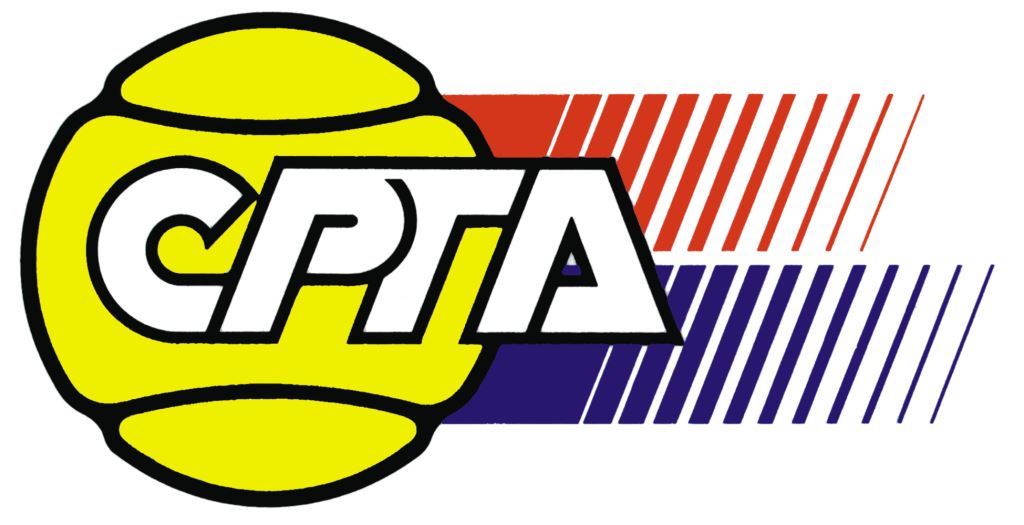Forehand in tennis is a forehand stroke that is played with a baseball swing. It is considered to be one of the most basic and most common forehands in tennis. Here are the key characteristics and techniques of the forehand in tennis:
- Position: To perform a forehand, a player stands sideways to the net, with one foot in front (the foot that is closer to the net) and the other foot behind. This position is called the side stance (classic stance) and it provides optimal manoeuvrability and balance for the shot.
- Racket: The racket is held with two hands if the player is using a two-handed forehand, or with one hand if using a one-handed forehand. For a two-handed forehand, the top hand is closer to the top handle of the racquet and the bottom hand is lower. For a one-handed forehand, the player holds the racket with one hand.
- Strike: When playing a forehand, the player looks at the ball and rotates the upper half of the body, including the shoulders and hips, to give maximum power to the shot. The shot starts with the upper half of the body rotating towards the ball, then the racket strikes the ball, passing first under and then over it. The stroke is completed with a foul-turn, which is the movement of the arm after impact.
- Direction and Purpose: The purpose of the forehand is to send the ball over the net and accurately towards the opponent’s court. A player can choose different directions and angles of shot depending on the game situation and his strategy.
- Ball Spin: The forehand allows the ball to be spun in different ways. Depending on the position of the racket and the player’s movement, it is possible to create topspin (top spin effect) or antispin (reverse spin effect), which affects the trajectory and bounce of the ball.
- Speed and Power: The forehand allows players to give the ball high speed and power, making it more difficult for the opponent to return.
The forehand is a key stroke in most tennis players’ arsenal and its technique requires practice and improvement over time. A confident and powerful forehand can be a powerful weapon on the court and can help dictate the game.


